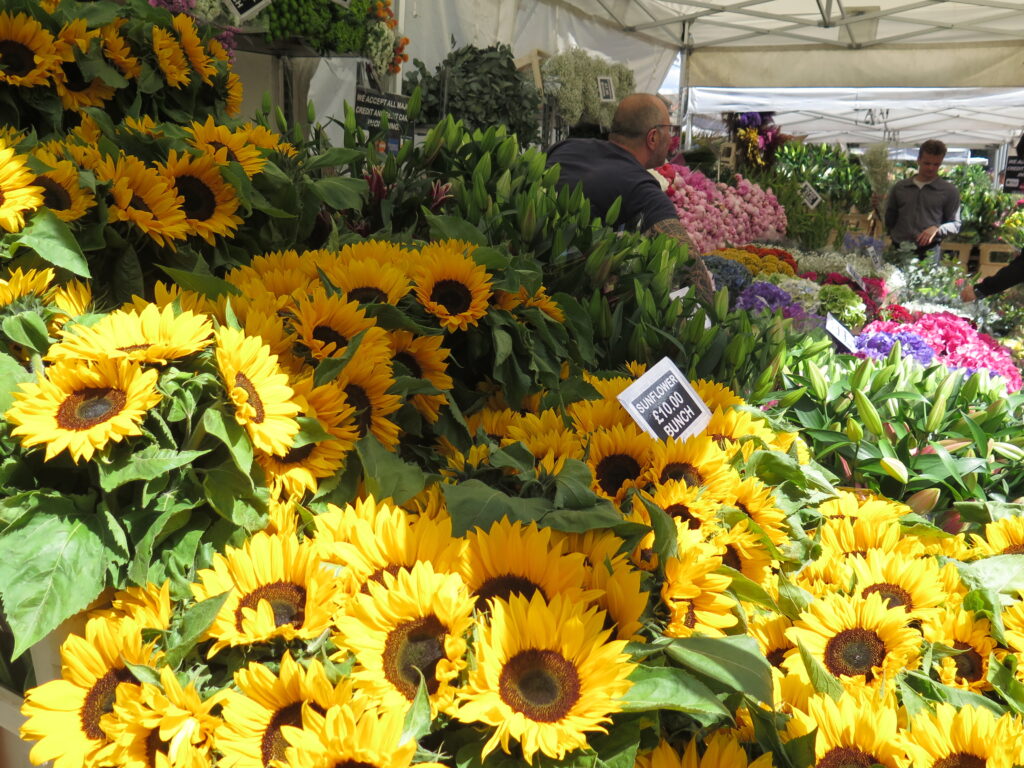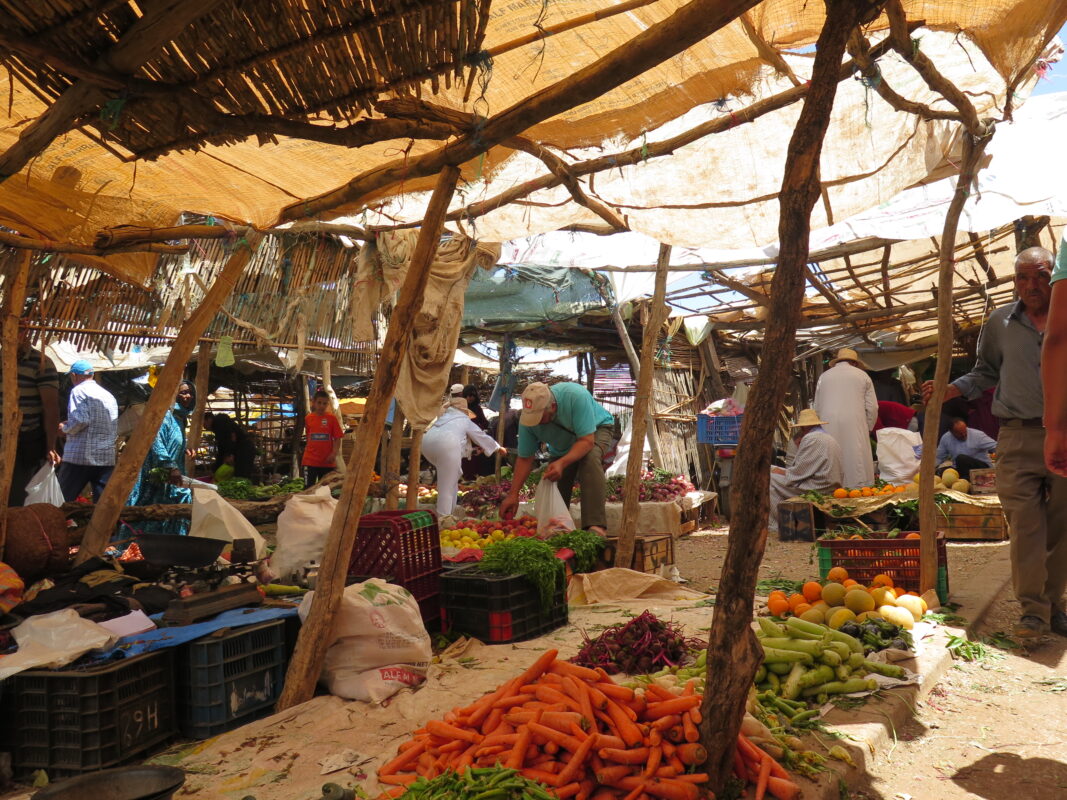I grew up in the shortage economy of the 1980s, in rural Hungary. I don’t come from a poor family, I always felt financially secure as a child. However, the way I grew up would be considered deprived in many ways by today’s standards.
Shopping was not an everyday activity. We bought new clothes when the old ones were worn out or outgrown. Only then we did go to one of the three small shops available in the town centre, and the offer was more practical than pretty. The ingredients for cooking were bought from the market or, as my father worked in agriculture all his life, directly from the producers, often by barter. Meals were home-cooked, except on our yearly holidays, when sometimes we would go to a restaurant and order the same meal.
The latter was not only due to the lack of openness of some members of my family, but also because the menu reflected the situation in the country. It was a simple world, without the colours and diversity of my current life, which I still don’t take for granted because I have experienced the downside of a homogenous society and closed minds.
The shortage economy was somewhat mitigated by what we called Polish markets at the time—most of the sellers were initially from Poland, and the name stuck for decades. They appeared in the early 1970s when the so-called Comecon member countries started trading with each other, mostly illegally, but governments more or less turned a blind eye to the practice. In these markets it was possible to buy what the state could not or would not provide, and bargaining was essential. When the Soviet Union collapsed, Comecom had been disbanded too. As a result, the local regime changed, laws and regulations were introduced to ban illegal trade, multinational companies started to get a foothold in the country, and the era of the Polish markets came to an end in the early 1990s.
Nowadays, if I need something, I either go to a shopping centre or the nearby market hall. I can buy anything I want, the only limitation may be my budget. The offer in the shopping centres is similar to what I would get in most European cities, but the markets kept their local flavour.
The reason why so many people like to visit local markets when travelling abroad is that food, farmers’ and flea markets reflect and respond to the current conditions of a society. Not only can we indulge in regional delicacies or buy gifts and souvenirs, but as a by-product we are also unconsciously immersed in the reality of our temporary host country.
Wander through a street market or a farmers’ market anywhere in the world and if you open your eyes and mind, you can find stories that the guidebooks don’t tell. These are living museums where the main artifact is a vibrant community. It is often messy, but always honest.
Touch, taste, listen, buy
Step into the Saturday market in Asni, a small village in the Moroccan High Atlas. The air is thick with the smell of fried sfenj, a Maghrebi doughnut traditionally made from unsweetened yeast dough. No chic cafés can beat the taste, made before your eyes in the simplest of conditions in a dusty North African market.
Next to the oily pans are stacks of pottery that look both fragile and unbreakable. Not the kind of decorated ceramics made to appeal to tourists. These pieces are used daily in the kitchens of the area. Simple, terracotta, and functional, they are used to prepare the most flavourful dishes for which Morocco is so well known, and of which dates are an essential ingredient. Accordingly, the markets are flooded with date varieties and vendors generously offer their wares for tasting so you can decide what to buy. Alongside these luxuries, piles of humble vegetables and fruits in green, yellow, purple, and brown paint a portrait of everyday life.
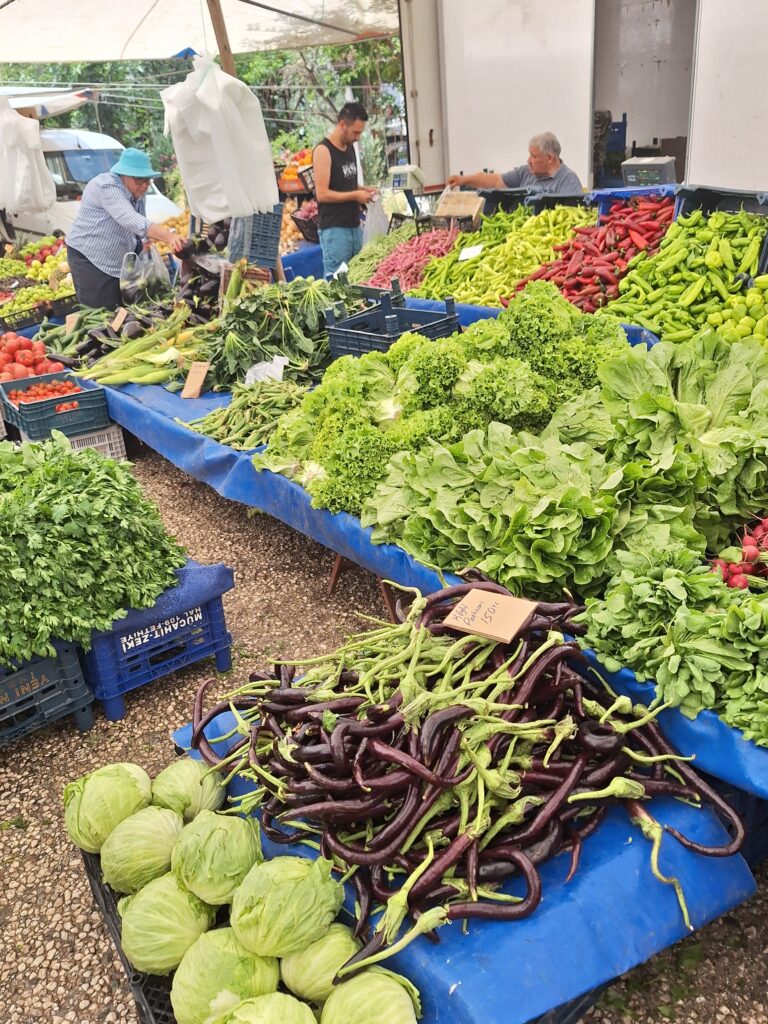
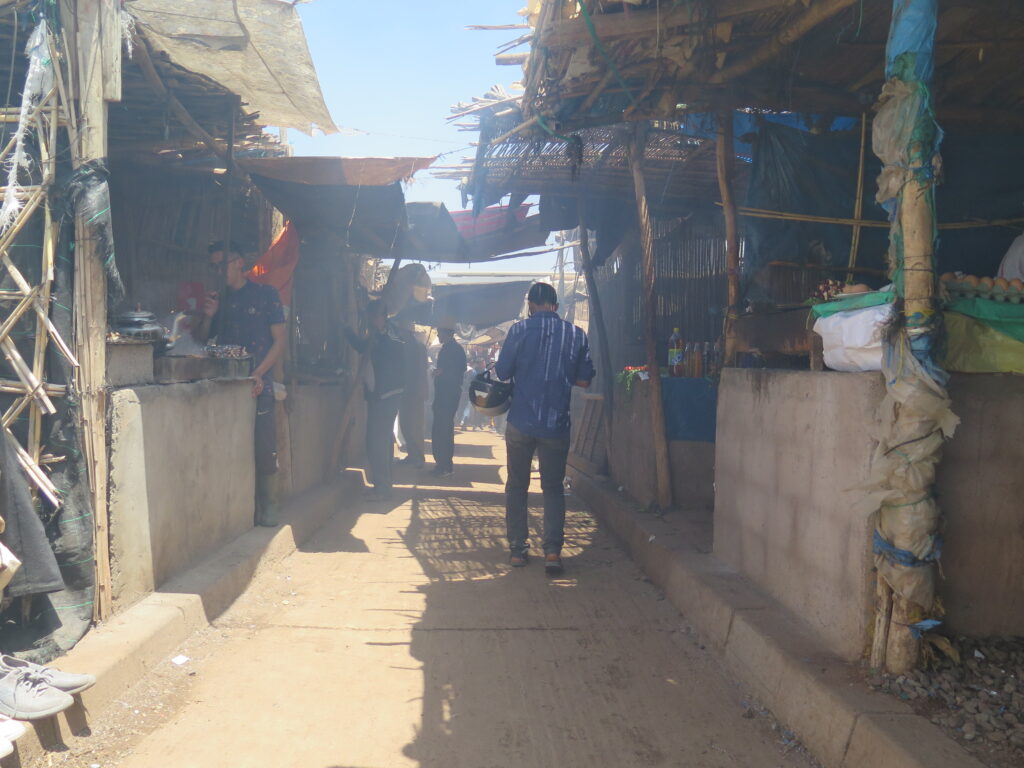
The goods for sale are more than commodities. They are stories passed down through hands, not Instagram. Whether it’s metalwork, pots, textile, or food, these are a blend of heritage and innovation, often sold by the makers themselves, who you can talk to and learn more about their craft and their lives.
The Narantuul market in Ulaanbaatar is a huge space divided into sections that help you navigate and lead you straight to the products you are looking for. As a visitor, however, it’s recommended to spend a few hours there and see everything, as it offers a great insight into modern Mongolia. You will be surprised how much more and diverse it is than the touristy images of snow-white yurts and vast steppes suggest. From traditional Mongolian clothing to household essentials and whole yurts, handcrafted and made in China, everything and anything is available. Bargain with respect and you will be treated the same.
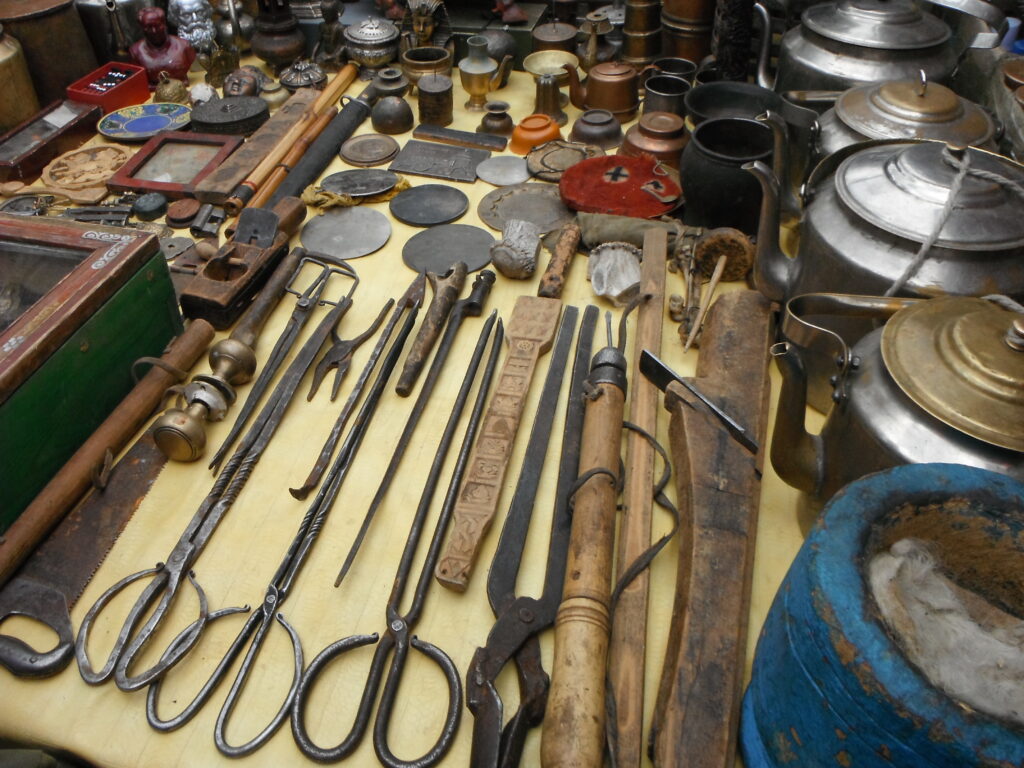
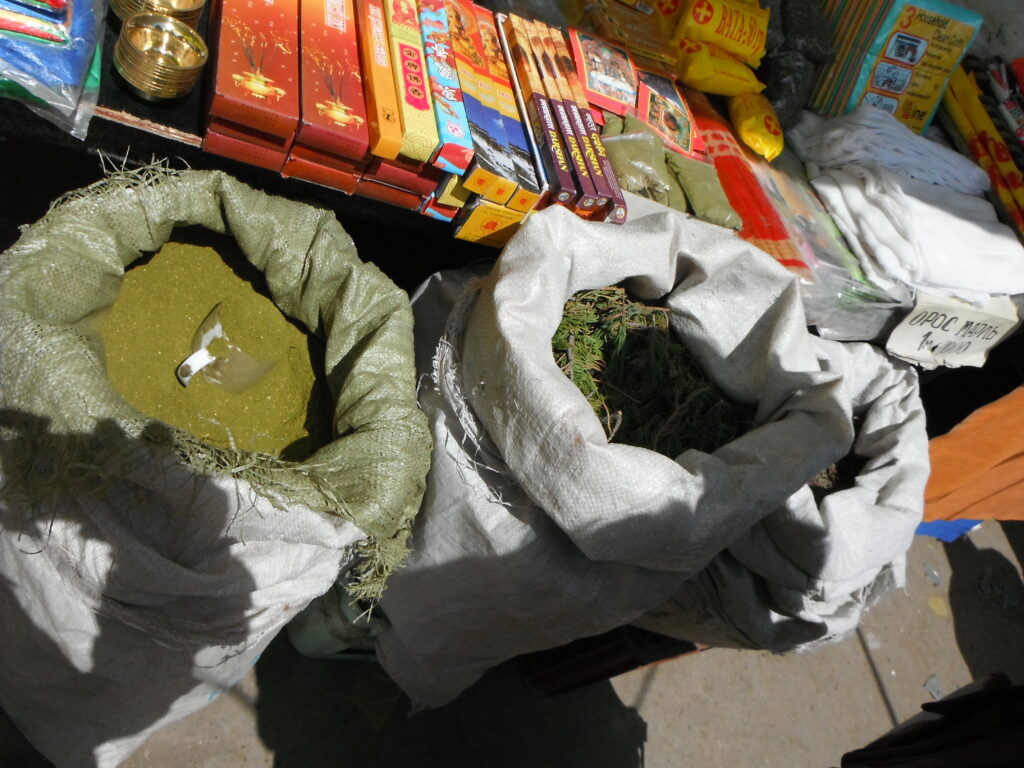
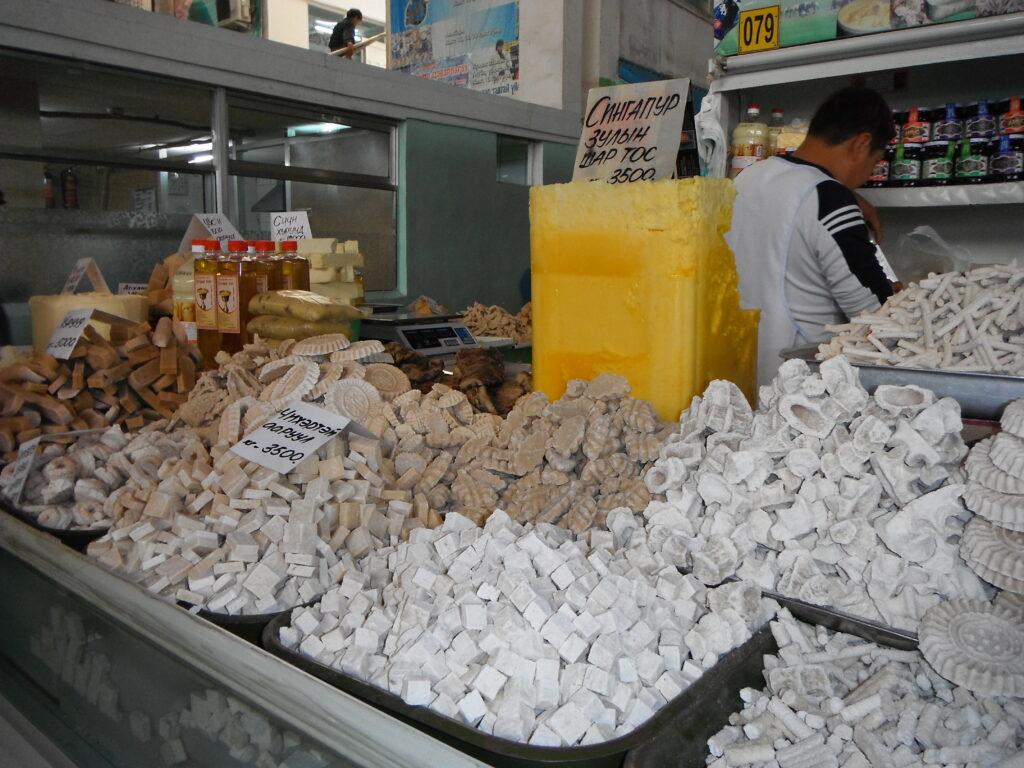
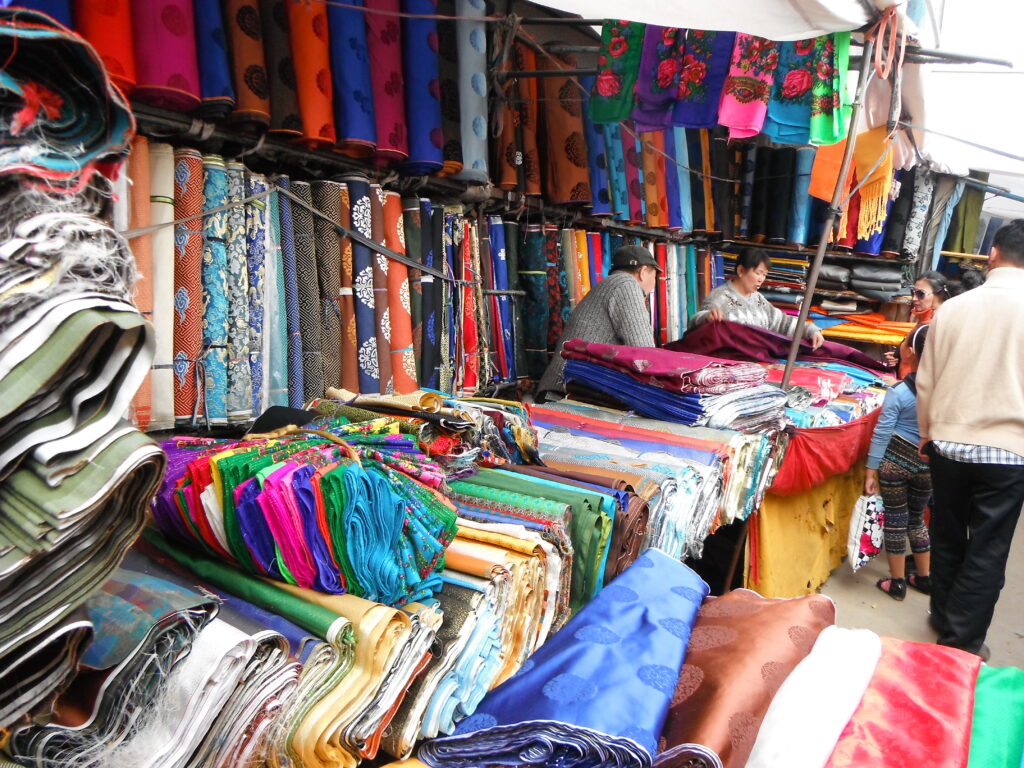
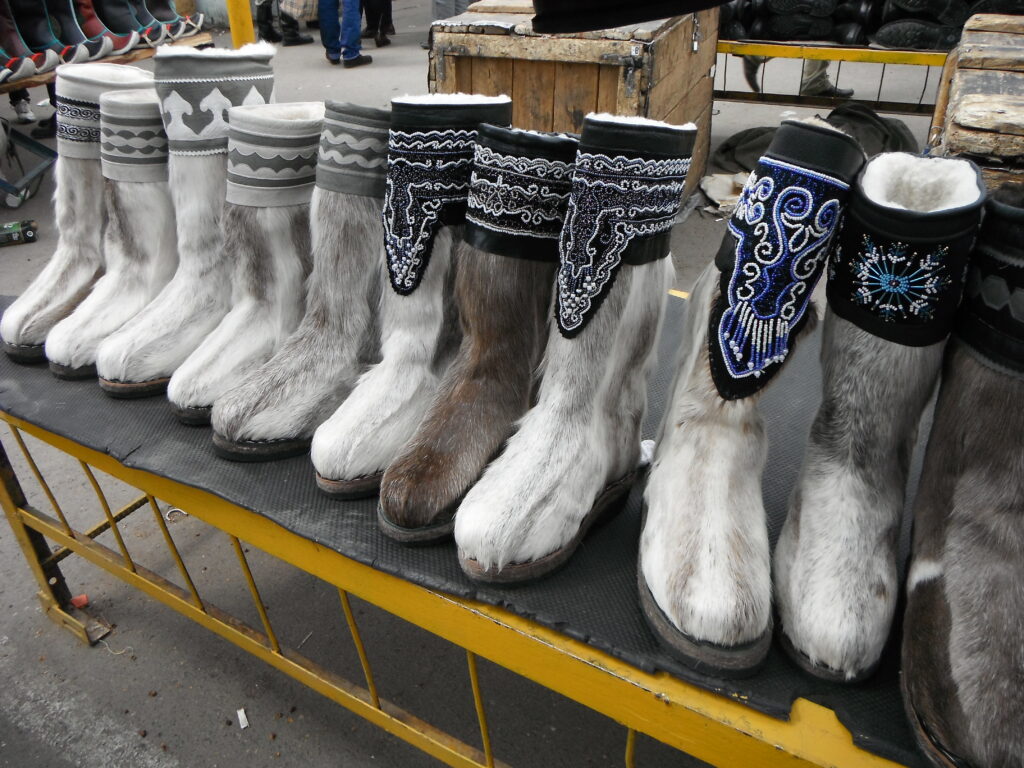
The food stalls tell the most intimate stories. What’s cooked, and how, reveals vital information about climate, politics, and spirituality. Notice what’s seasonal. What’s popular. The rhythm of the market, what appears and disappears over time, reflect the heartbeat of a community. You can read a year in its tomatoes, a religion in its spices, a people in its preferences.
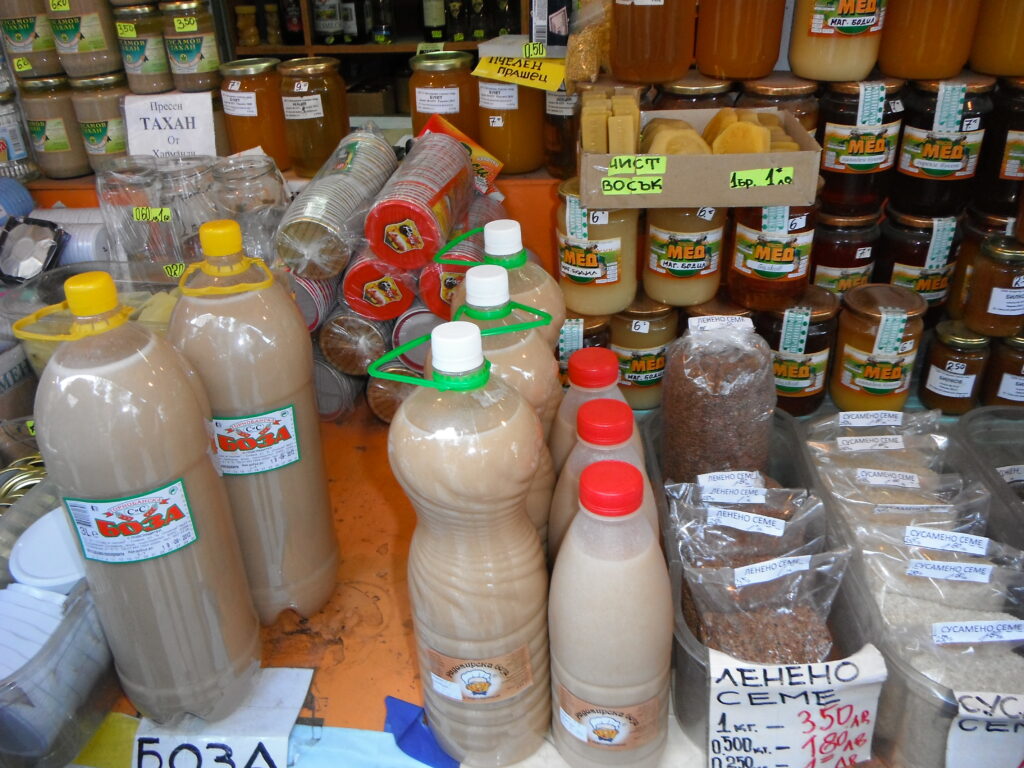
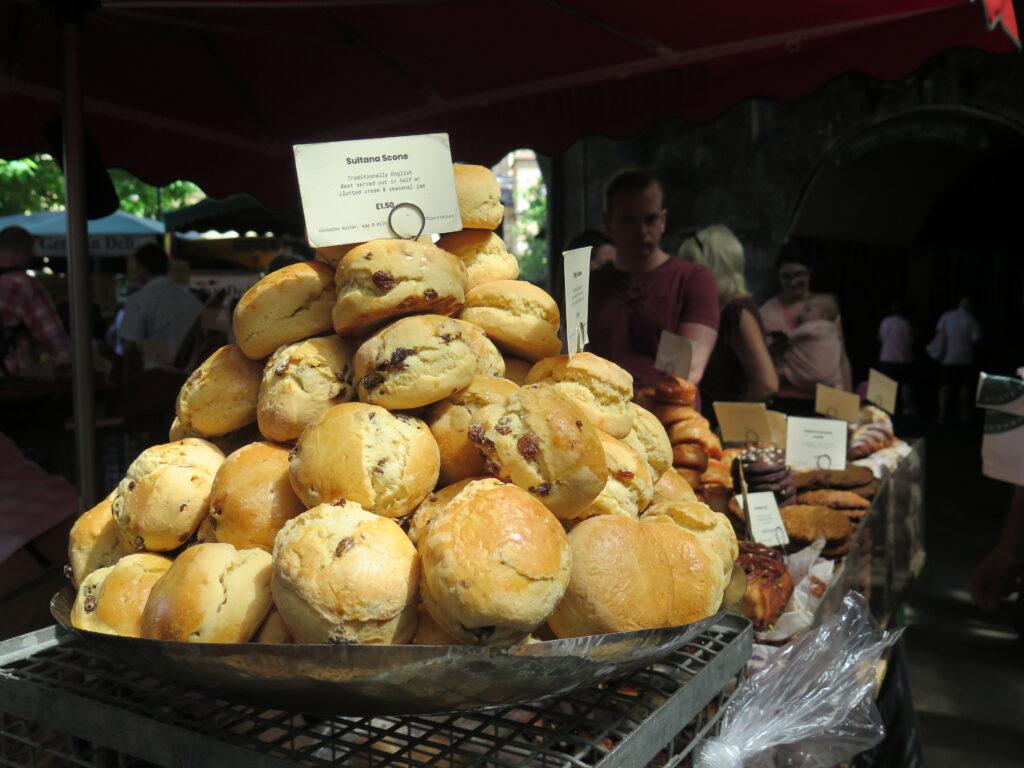
This is true of India’s street markets, where spices seduce the senses and remind us of the country’s leading role in supplying the world with spices. And it’s also true of London’s many food markets, where the variety of food on offer gives a glimpse into the city’s diversity and history, which is strongly linked to colonialism and immigration.
Human exchange
People go to the market not just to buy, but also to make a connection. It’s not just tourists who want to get closer to the locals, to get to know their temporary home more deeply. While shopping centres are sterile and uniform, visiting local markets gives us the opportunity to connect and see how others outside our social circle think and get by. The elderly catch up, the children learn what the land and its people can produce, and we become experts in how to negotiate and do business according to the rules of our culture. Spending time in the market gives you a taste of the general manners, humour, and values of a people that no textbook can show us.
These spaces are particularly important as the world becomes increasingly digital and remote, with few opportunities for real-life interaction. Open-air markets, on the other hand, remain real, as places where culture is sold fresh every day, accepting its ever-changing and dynamic nature.
